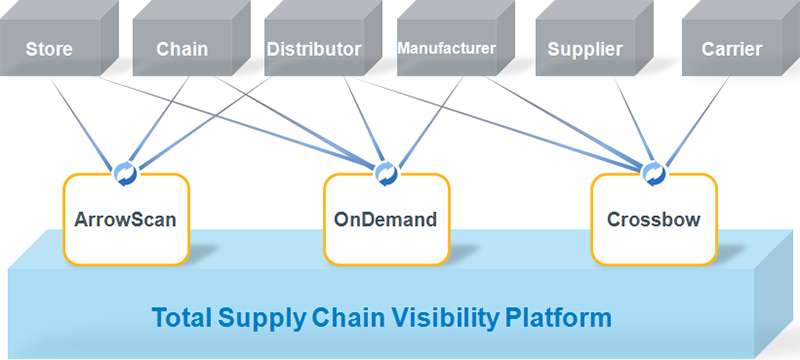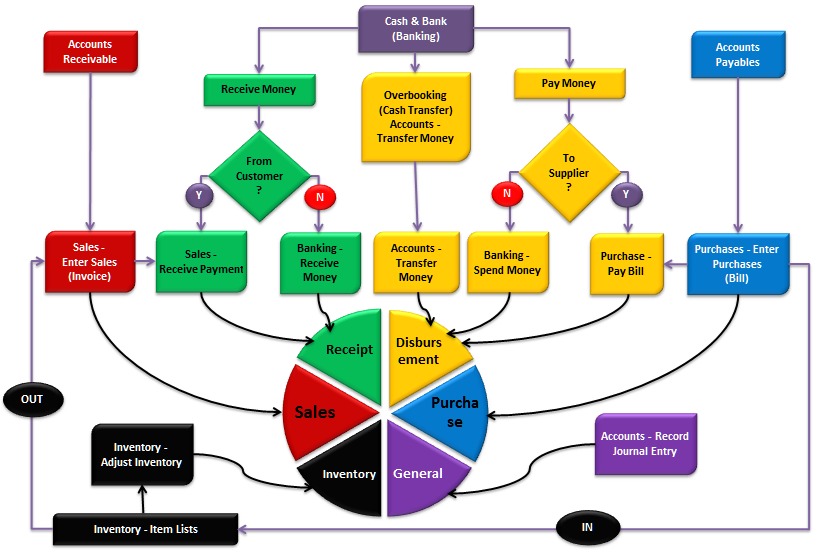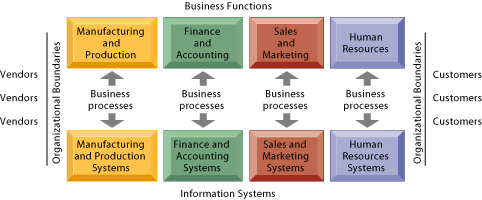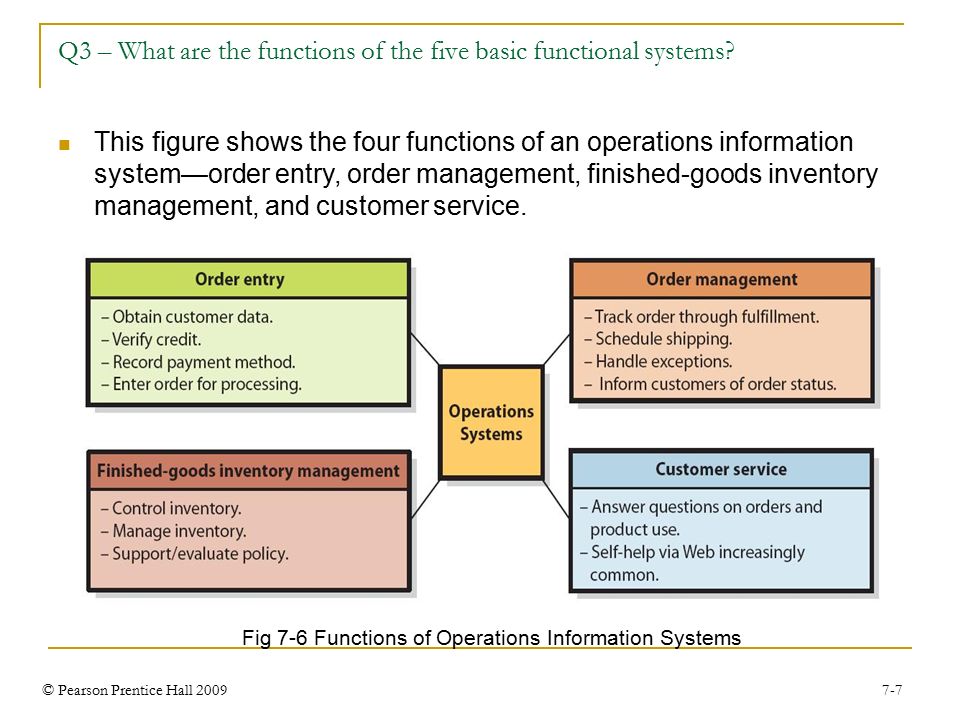A cross functional information system (CFIS) is a type of information system that supports and integrates the activities and processes of different functional areas within an organization. It is designed to facilitate communication and coordination among different departments and teams, and to enable the flow of information and resources across the organization.
One of the key benefits of a CFIS is that it can help to break down silos within an organization and encourage collaboration and cooperation among different functional areas. By providing a common platform for sharing information and resources, a CFIS can help to facilitate cross-functional projects and initiatives, and support decision-making and problem-solving efforts that involve multiple departments.
CFISs can be implemented in a variety of ways, depending on the needs and goals of the organization. For example, a CFIS might include a centralized database that is accessible to all departments, or it might involve the integration of multiple systems and applications to facilitate information sharing and coordination. In some cases, a CFIS might also include tools and technologies for real-time communication and collaboration, such as instant messaging or video conferencing.
One of the key challenges in implementing a CFIS is ensuring that it is user-friendly and easy to use for all stakeholders. This requires careful planning and design, as well as ongoing support and training to ensure that all users are able to effectively utilize the system.
Another important aspect of a CFIS is security. Because it involves the sharing of sensitive information and resources across functional areas, it is important to ensure that the system is secure and that access is strictly controlled. This may involve the use of authentication and authorization protocols, as well as measures to prevent data leaks and unauthorized access.
In conclusion, a cross functional information system is a valuable tool for facilitating communication and coordination among different functional areas within an organization. By supporting the flow of information and resources across the organization, a CFIS can help to break down silos and encourage collaboration, while also supporting decision-making and problem-solving efforts that involve multiple departments. While implementing a CFIS can be challenging, the benefits it can provide in terms of increased efficiency and productivity make it a worthwhile investment for many organizations.






